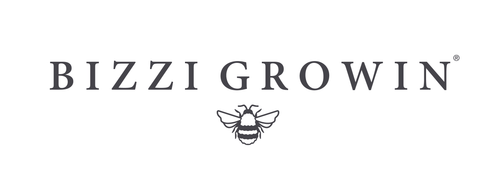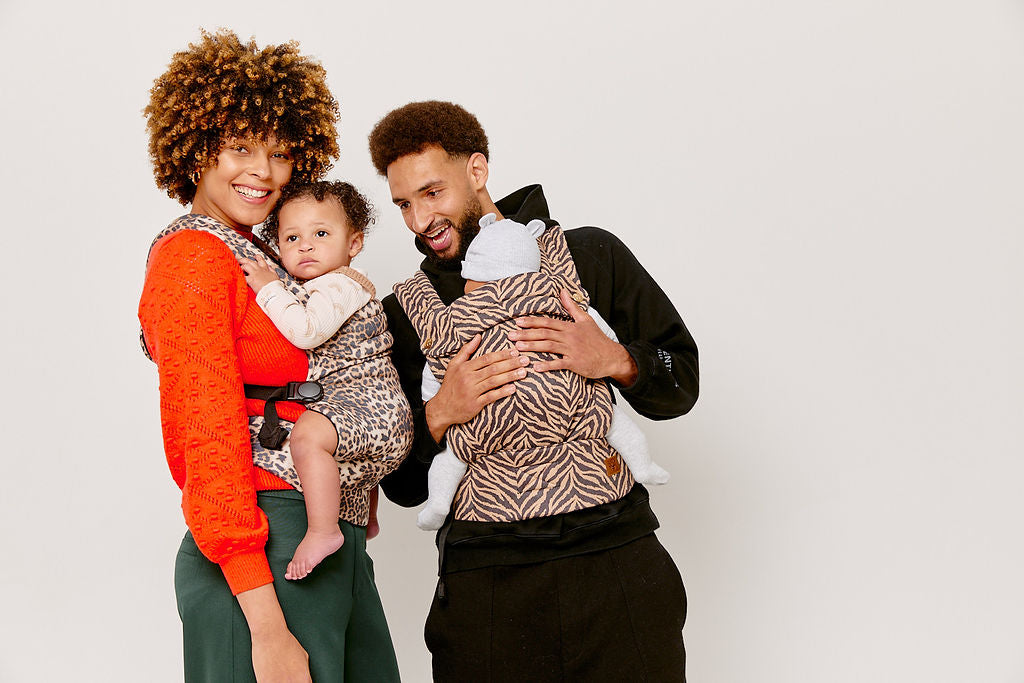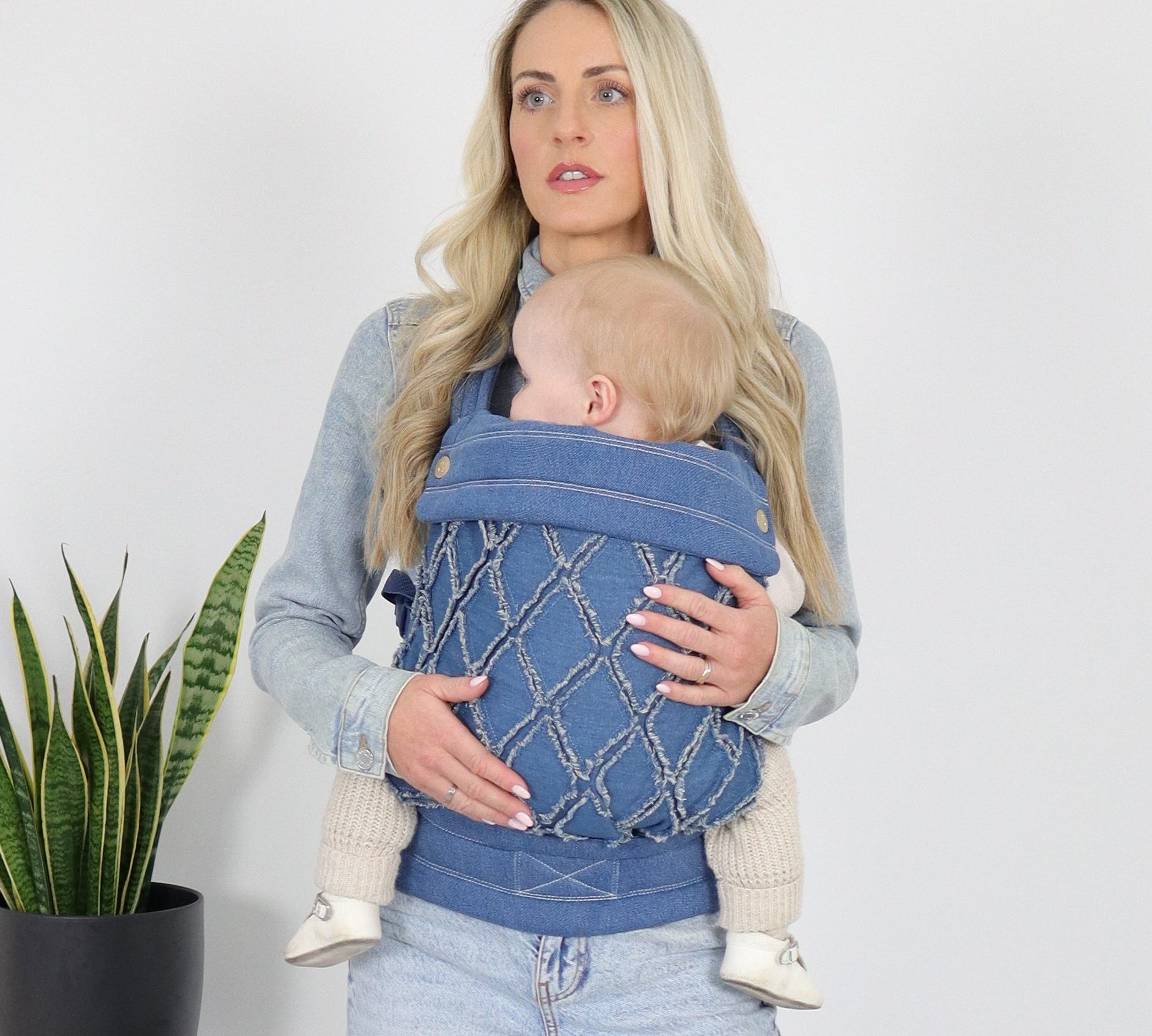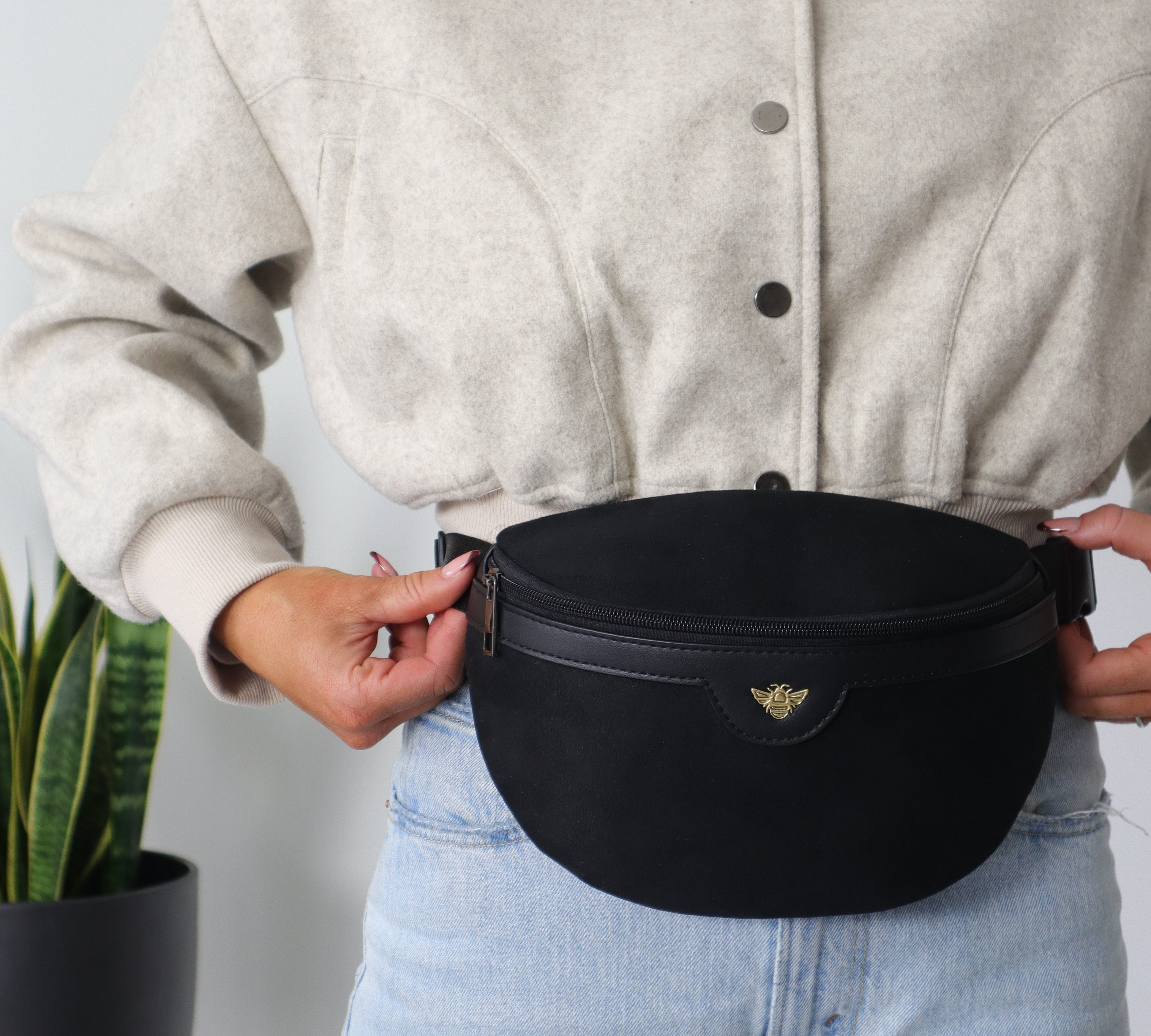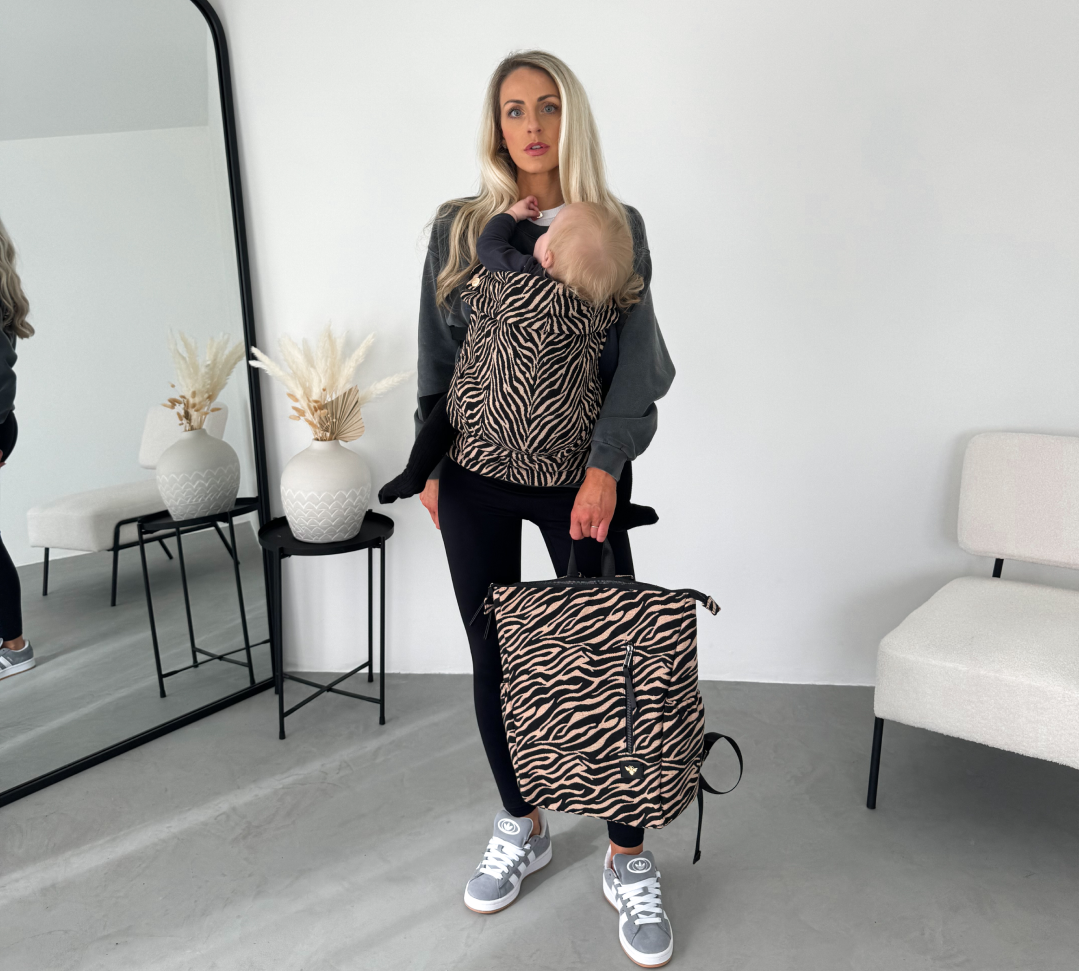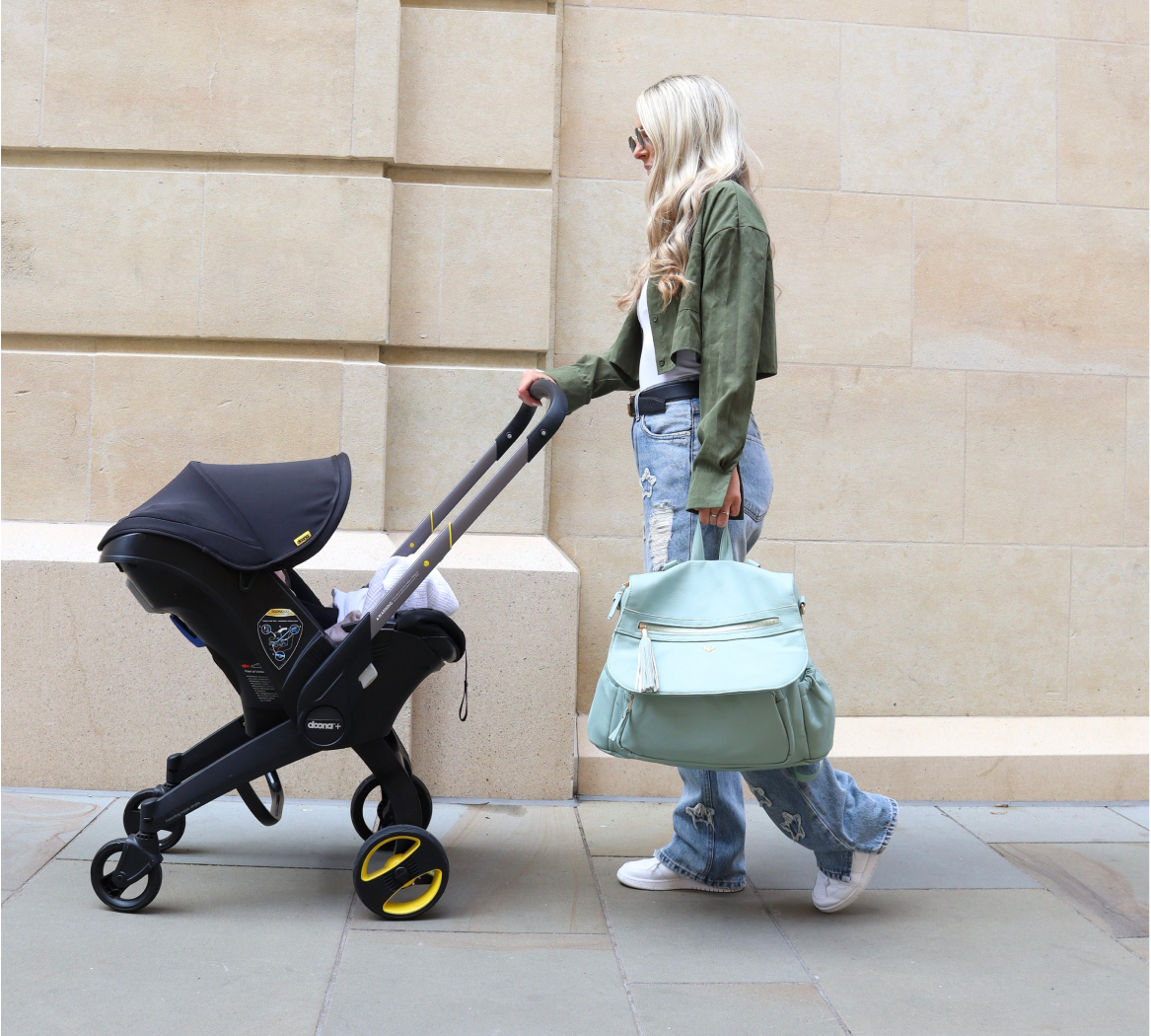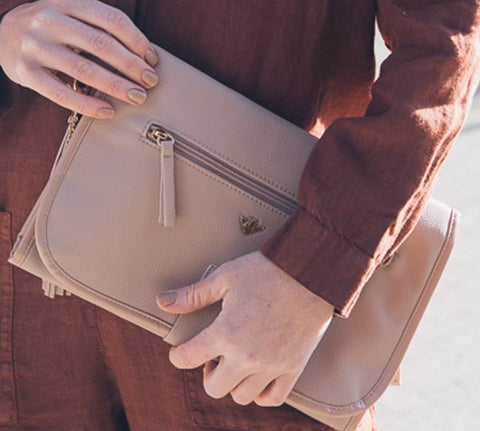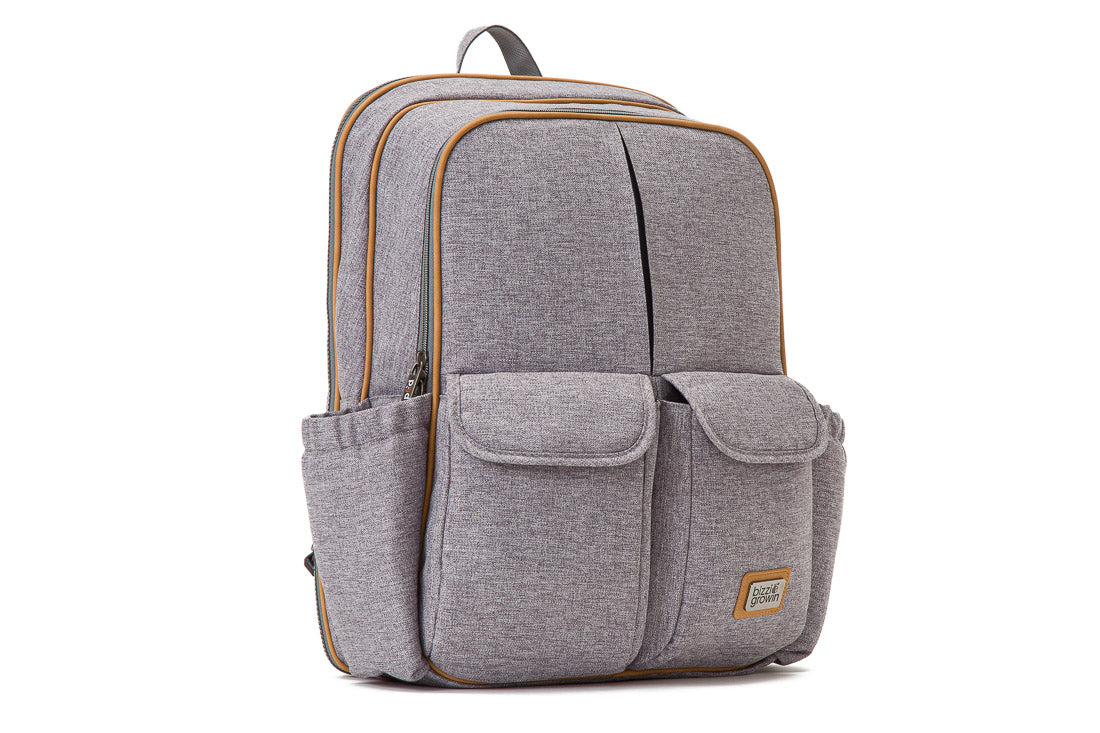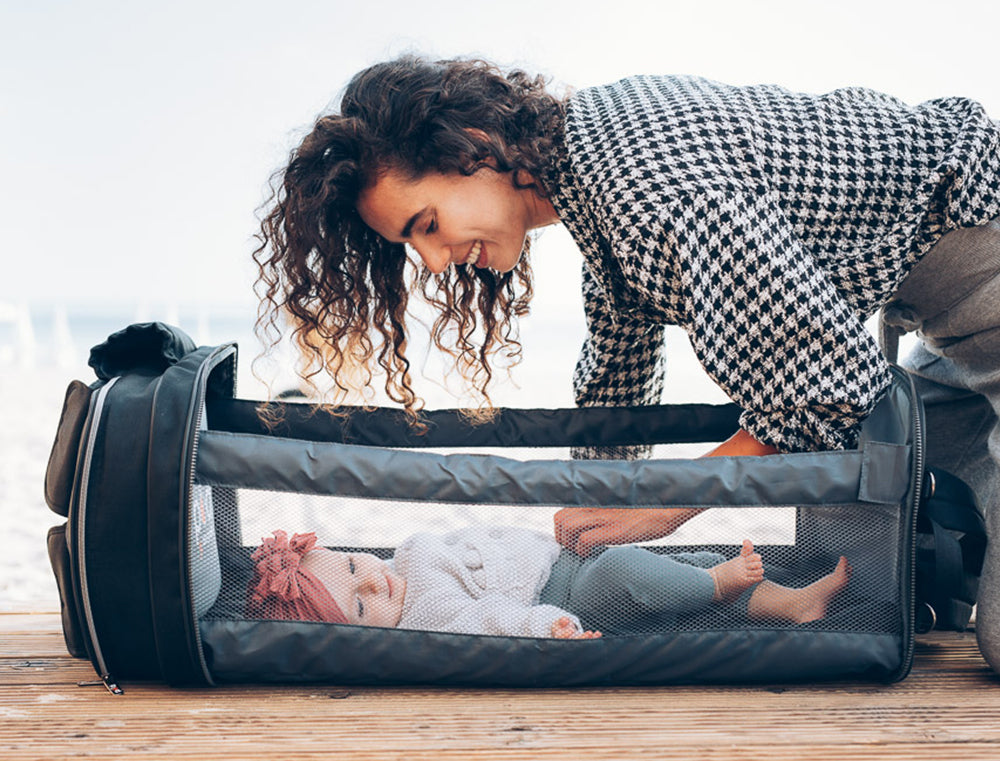As a parent, ensuring your baby’s safety and comfort is always a top priority, and choosing the right baby carrier is an essential part of that. Among the various styles available, front-facing baby carriers have become increasingly popular for their convenience and the ability to give your baby a view of the world. But with this popularity comes questions about their safety, especially for younger infants. In this article, we’ll explore the benefits and considerations of using a front facing baby carrier, helping you determine the best time to start using one and how to ensure your baby is both safe and comfortable.
Understanding Front Facing Baby Carriers
A front facing baby carrier allows your baby to be worn on your front, facing outward. This position lets your baby observe their surroundings, which can be stimulating and enjoyable as they grow more curious about the world around them. Many parents love this type of carrier for walks in the park, shopping trips, or simply moving around the house, as it keeps their baby close while allowing them to engage with their environment.
However, it’s important to understand that not all front facing carriers are suitable for every stage of your baby’s development. Newborns, for example, require extra head and neck support that an outward-facing position may not provide. Therefore, understanding when to start using a front facing baby carrier is key to ensuring your baby’s safety.
When Can You Start Using a Front Facing Baby Carrier?
The general recommendation is to wait until your baby has strong head and neck control before using a front facing baby carrier. This usually occurs around the age of 4 to 6 months. At this stage, your baby’s muscles are more developed, allowing them to hold their head up without assistance, which is crucial for safely using a front facing position.
Before this developmental milestone, it’s safer to use a carrier that allows your baby to face inward, towards your chest. This inward-facing position provides the necessary support for your baby’s head and spine, promoting healthy development and offering the close, comforting contact that newborns need.
Benefits of Front Facing Baby Carriers
Once your baby is ready, using a front facing baby carrier can offer several benefits, both for you and your little one.
Firstly, it enhances your baby’s cognitive development. Facing outward allows your baby to take in their surroundings, observe different sights, and engage with the world around them. This exposure to new stimuli can support their visual and sensory development, making it an exciting experience for them.
Additionally, a front facing position can be more comfortable for older babies who have become more active and curious. While the close contact of inward-facing carriers is ideal for the early months, older infants often enjoy the change of perspective that comes with facing outward. It allows them to explore while still feeling the comfort of being close to you.
For parents, a front facing baby carrier can also be more ergonomic as your baby gets heavier. The outward position distributes your baby’s weight differently, potentially reducing strain on your back and shoulders compared to other carrying positions.
Safety Considerations for Front Facing Baby Carriers
While front facing baby carriers offer many advantages, it’s crucial to use them correctly to ensure your baby’s safety. Here are some important considerations to keep in mind:
Time Limits: Avoid using the front facing position for extended periods. Prolonged use can put pressure on your baby’s hips and spine, so it’s best to limit this position to shorter outings.
Proper Positioning: Ensure that your baby’s legs are in a healthy, ergonomic position, with their knees slightly higher than their hips. This helps to reduce the risk of hip dysplasia and provides better overall support.
Watch for Overstimulation: Facing outwardly can be exciting for your baby, but it can also lead to overstimulation, especially in busy environments. Pay attention to your baby’s cues—if they seem tired, fussy, or overstimulated, it’s time to switch back to an inward-facing position or take a break.
Secure Fastenings: Always check that the carrier is securely fastened and adjusted before use. This ensures that your baby is safe and that the carrier distributes weight evenly across your body.
Choosing the Right Front Facing Baby Carrier
When selecting a front facing baby carrier, it’s essential to choose one that offers adjustability, comfort, and proper support for both you and your baby. Look for carriers made from breathable materials, with padded shoulder straps and waistbands to reduce strain on your body. Many carriers offer multiple carrying positions, allowing you to switch between inward and outward-facing options as needed.
Making the Most of Your Front Facing Baby Carrier
A front facing baby carrier can be a fantastic tool for both you and your baby, offering the perfect blend of closeness and exploration. By waiting until your baby is developmentally ready and using the carrier correctly, you can ensure that this position is both safe and enjoyable.
Remember, every baby is different, so pay attention to your little one’s needs and comfort level. With the right carrier and a bit of care, you and your baby can enjoy countless adventures together, with the world right at their fingertips.
